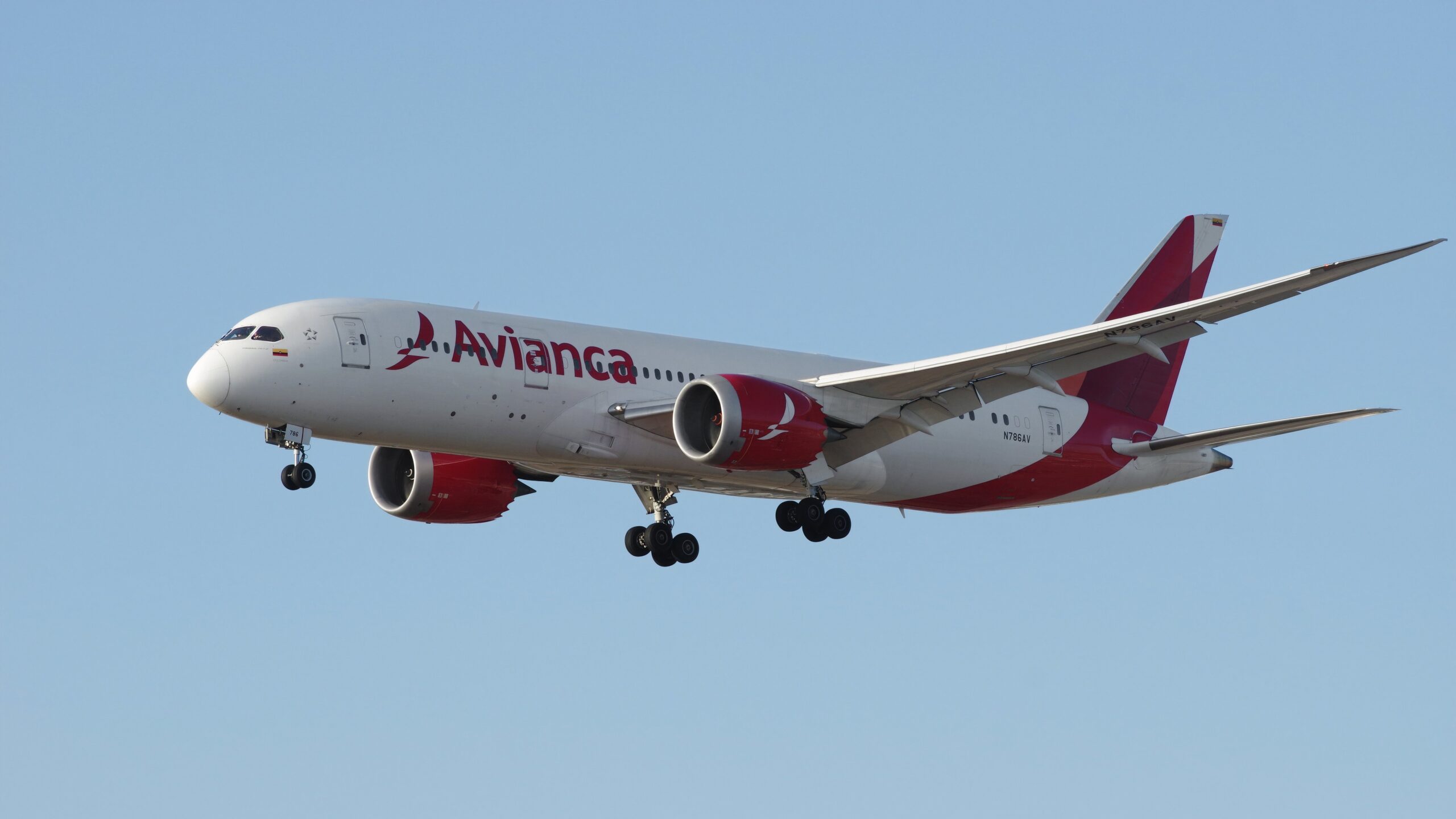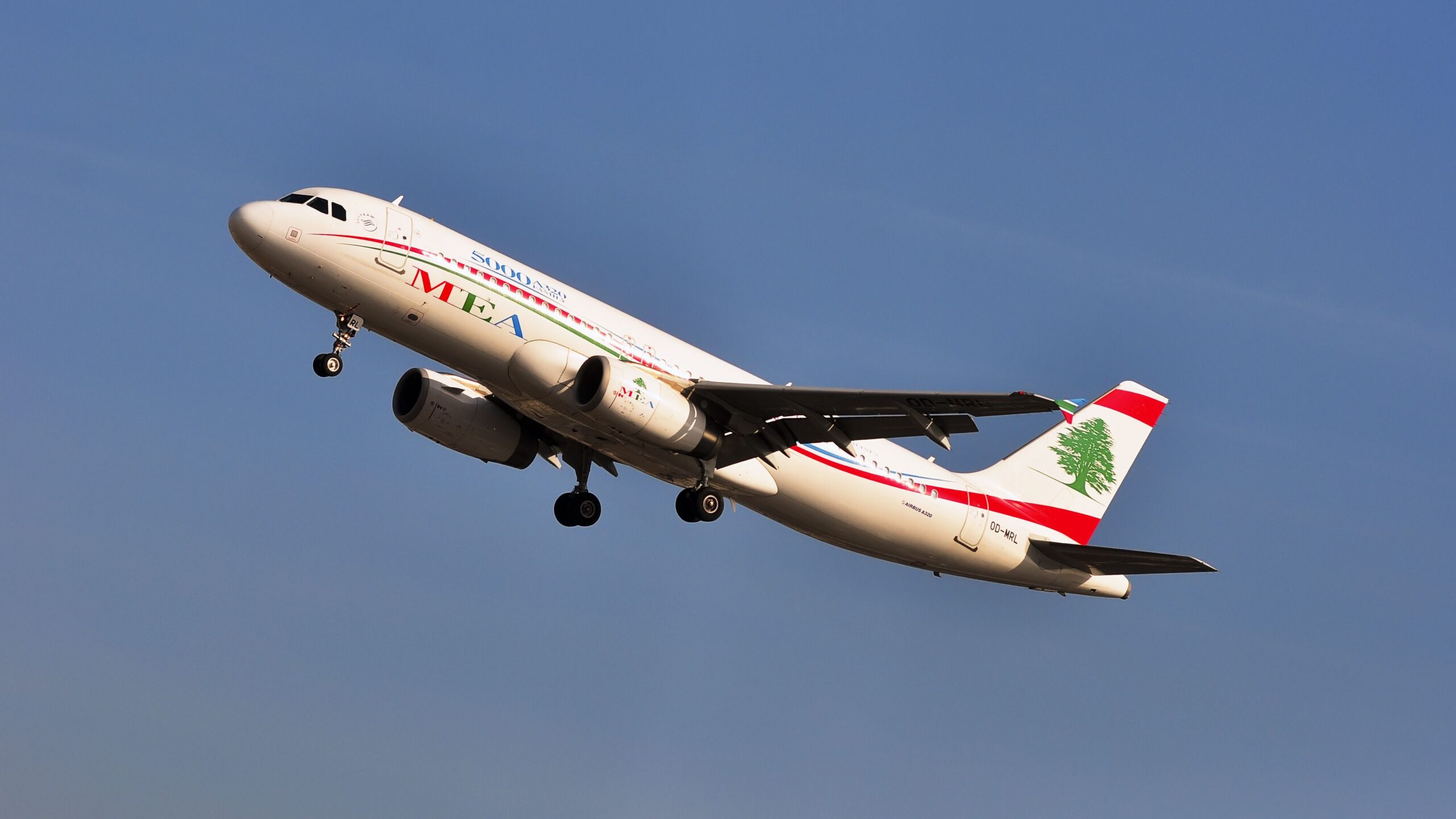Summary
- The B-29 Superfortress was the only aircraft to drop nuclear weapons in combat during WWII.
- The SBD Dauntless was a game changer in the Pacific Theater by sinking Japanese ships.
- The C-47 Skytrain (Dakota), P-40 Warhawk, and P-47 Thunderbolt all played significant roles in various aspects of the war, such as paratrooper drops, ground attacks, and service with the Flying Tigers.
Narrowing down the most iconic aircraft of the Second World War is a bit of a daunting task, but it becomes a wee bit easier (and hopefully at least a wee bit less controversial) when (1) you narrow it down to just one country’s planes and (2) you’re not limited to a Top 5 List.
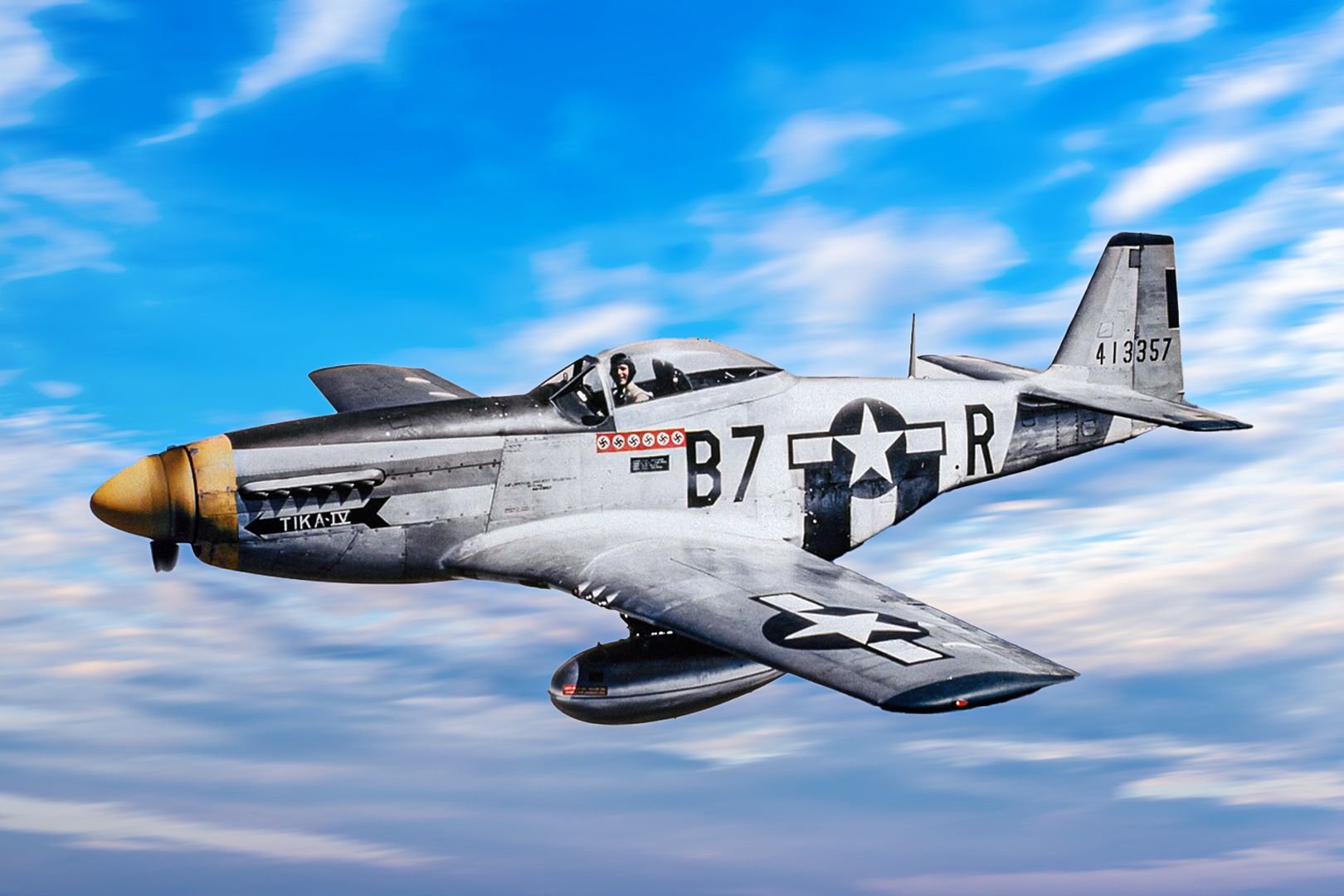
Related
Top 5 Historic Military Aircraft That Changed Aviation
Many military aircraft have made their mark on aviation history. But five in particular have been true game-changers.
Good thing, too, as the “good ol’ US of A” was blessed by more than just five iconic aircraft during that cataclysmic conflict. With that extra degree of altitude, er, latitude, Simple Flying now examines the different roles of America’s most iconic WWII warbirds.
Air Superiority Fighter/Escort Fighter/Fighter-Bomber: North American P-51D Mustang
Not surprising that we should start off with this one. After all, many (though certainly not all) military aviation historians consider the P-51D to be THE best fighter plane of WWII, bar none. And going back to what I said about “controversial” lists, this is the plane that I chose to place at the very top of my “Top 5 Historic Military Aircraft That Changed Aviation” piece that stirred up the proverbial hornet’s nest a month ago.
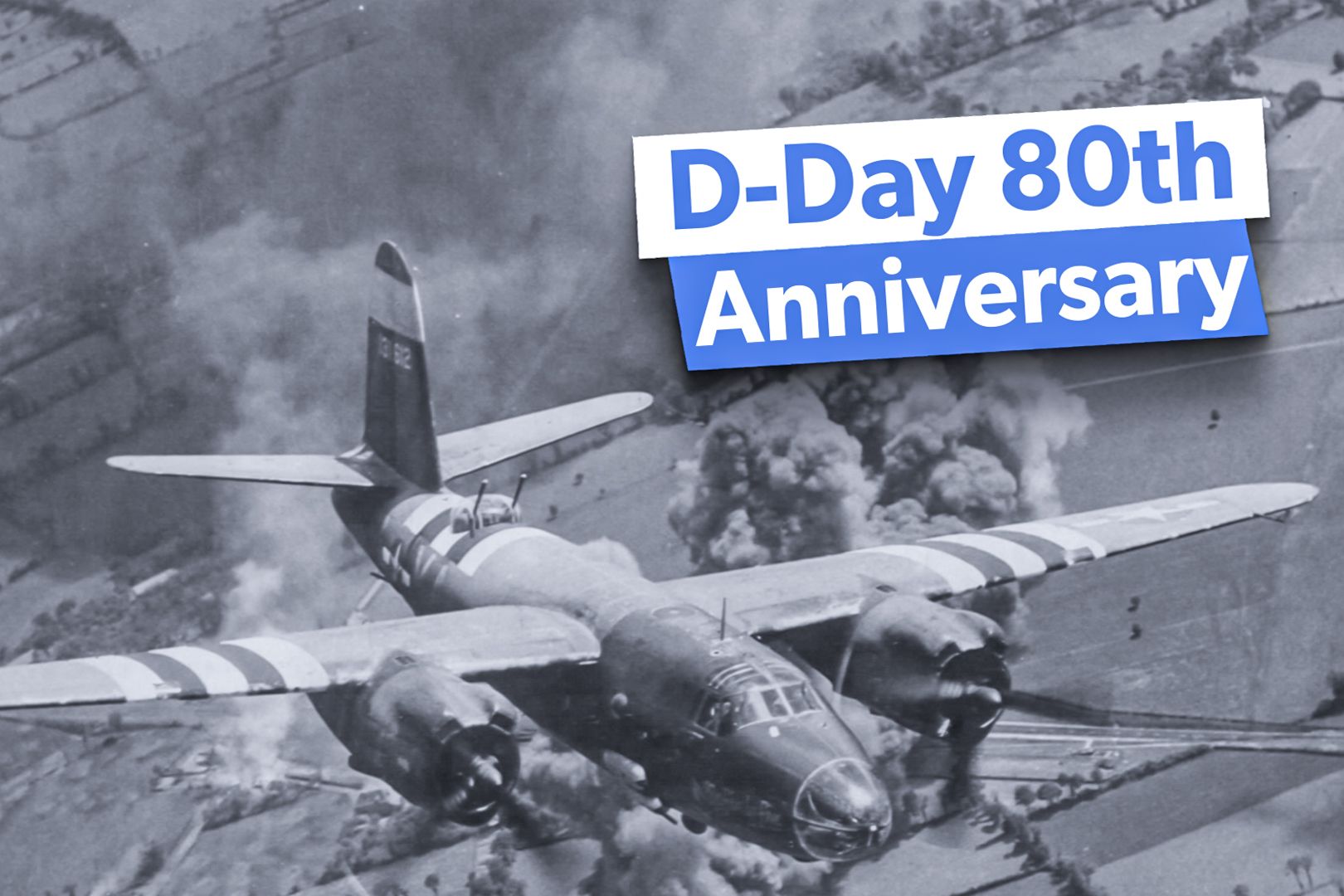
Related
D-Day 80th Anniversary: The Key Role Of Airpower In The Allies’ Success
Today is the 80th anniversary of D-Day, with airpower having played a crucial role in the success of this Allied effort.
This was the first Allied fighter plane that had the necessary fuel capacity, range, and endurance to provide complete, to-hell-and-back fighter escort to both B-17 bombing raids over Germany and B-29 bombing raids over Japan and thus protect these “heavies” from the ravages of Axis fighter-interceptors. In the process, Mustang drivers ended up destroying nearly 5,000 Axis aircraft in WWII, mostly in air-to-air combat, but with a fair share destroyed on the ground as well, showing the plane’s versatility as a fighter-bomber.
USAAF Strategic/Heavy bomber: Boeing B-17 Flying Fortress
One of the two primary beneficiaries of the Mustang’s services, mainly in the skies over Germany (its performance against Japanese forces, particularly efforts to use it against Japanese shipping, proved to be less auspicious). The legendary “Flying Fort” dropped more bombs than any other aircraft during World War II, and became the third-most produced bomber of all time. It was also employed as a transport, antisubmarine aircraft, drone controller, search-and-rescue aircraft, and even an airborne early warning aircraft (thus predating AWACS).
USAAF Strategic Bomber/Heavy Bomber/Incendiary Bomber/Atomic Bomber: Boeing B-29 Superfortress
The other one of the primary beneficiaries of the Mustang’s escort services — this time in the skies over Japan — and another Boeing product to boot. As devastating as the Flying Fortress raids were to Nazi Germany, the Superfortress kicked up the devastation to an even higher level against Imperial Japan via both conventional bombing raids — particularly the firebombing of Tokyo — followed of course, by the two planes and two bombs that finally forced Emperor Hirohito to surrender: “Enola Gay” and “Bockscar,” dropping the atomic bombs “Little Boy” and “Fat Man” on Hiroshima and Nagasaki respectively. The B-29 remains the only aircraft to drop nuclear weapons in combat.
One of the less-publicized roles of the Superfortress was that of dropping aerial mines to blockade Japan.
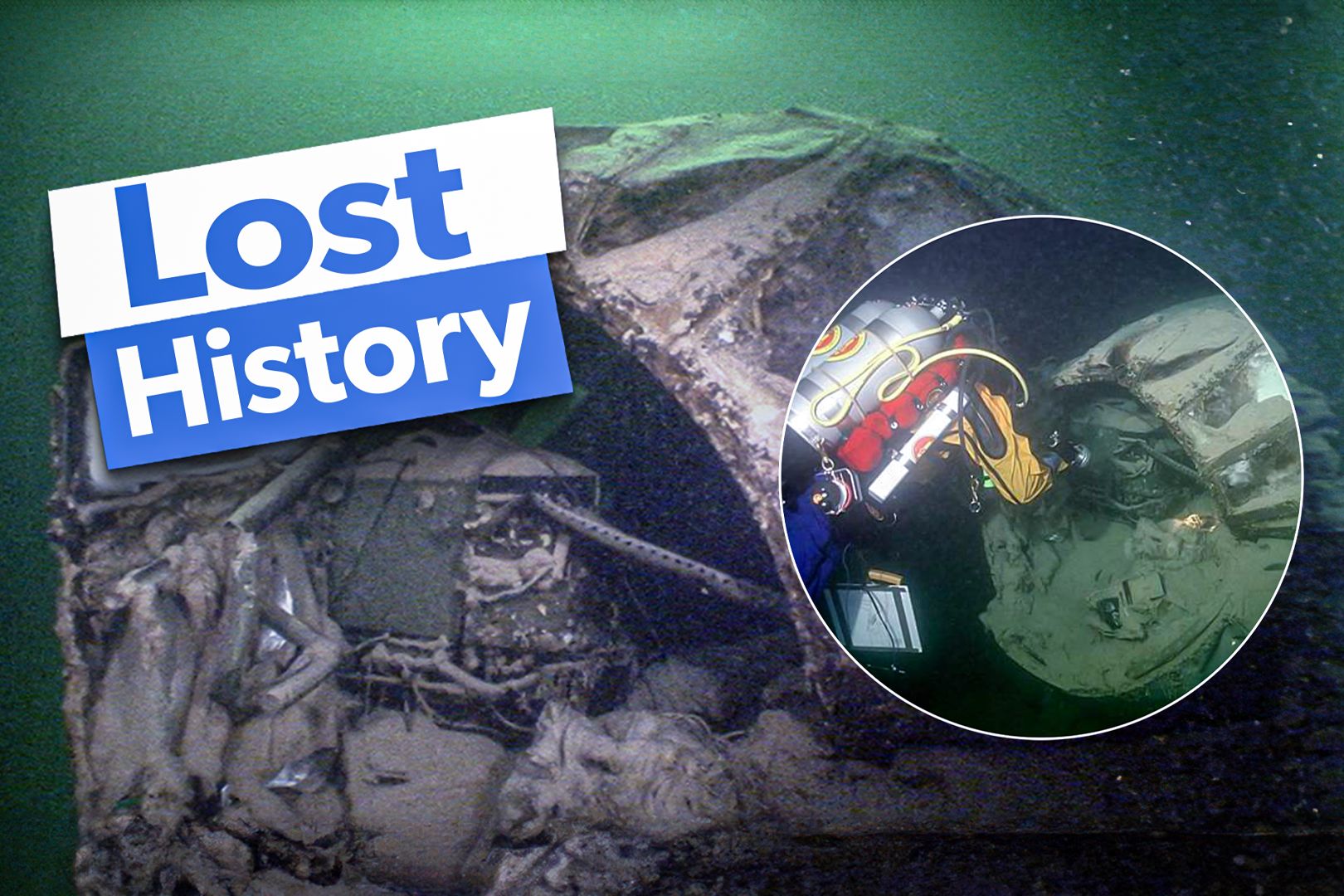
Related
Lost History: How A B-29 Superfortress WWII Bomber Wound Up Submerged In Lake Mead
Hundreds of feet below the surface of Lake Mead is a B-29 Superfortress lost for over half a century.
Dive Bomber: Douglas SBD Dauntless
Okay, you just know that my personal favorite WWII warbird (and one of my Top 2 favorite warplanes of all time) just had to be on the list. Though not because of that readily admitted personal bias, mind you, but because the SBD (officially, “Scout Bomber Douglas;” unofficially, “Slow But Deadly”) was so iconic…indeed, the true game changer of the Pacific Theater of Operations in WWII.
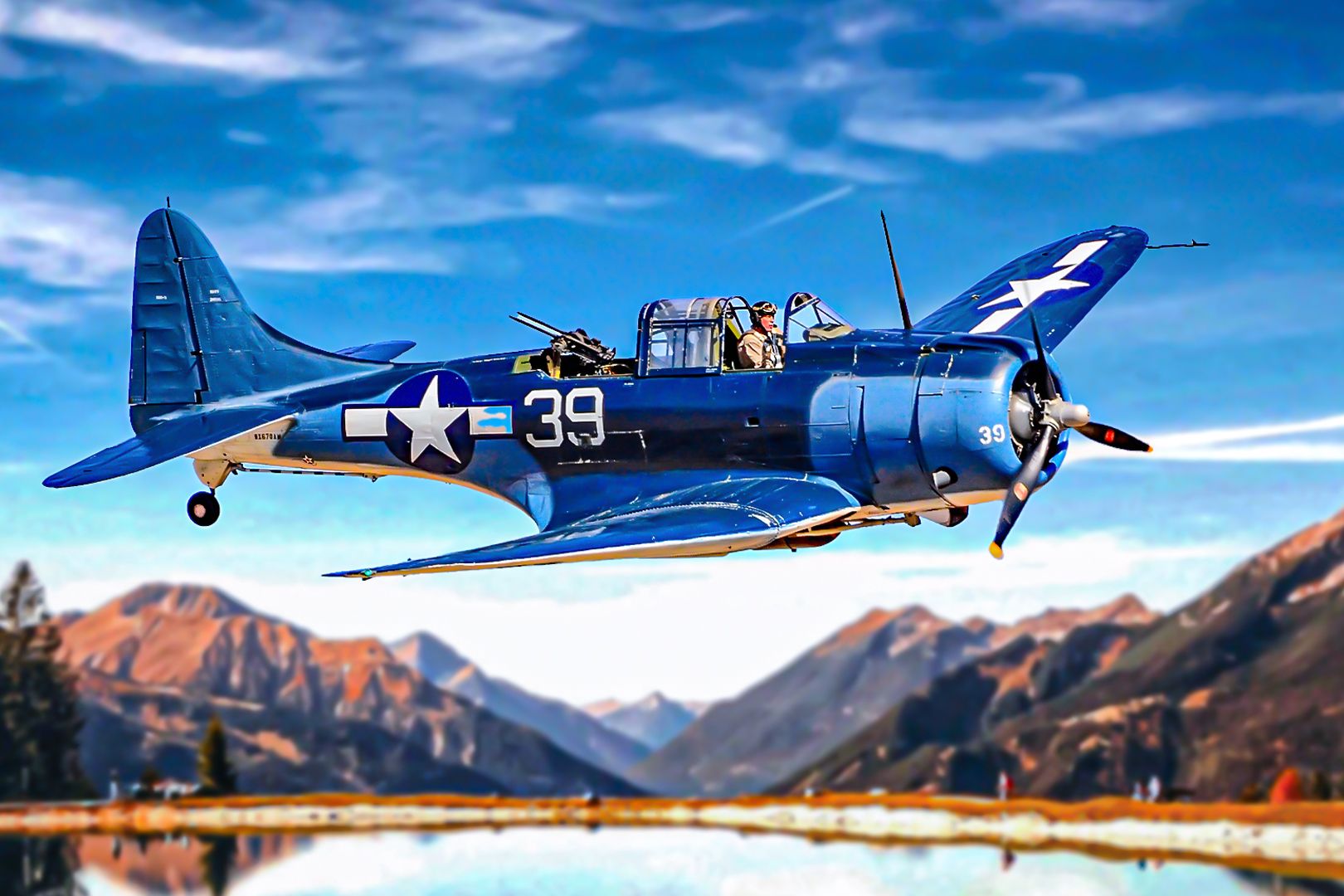
Related
Douglas SBD Dauntless: The Most Effective US Dive Bomber Of WW2
The “Slow But Deadly” Dauntless wasn’t just the most effective US dive-bomber of WW2. It was an outright game-changer
To reiterate what I said in that standalone article on the Dauntless, the plane — in its primary role as a dive bomber — was a game changer because it turned the tide of the Pacific War by sinking the four Imperial Japanese Navy (IJN) aircraft carriers at the Battle of Midway in June 1942…and ended up sinking more Japanese ships than any other Allied aircraft, with a final tally by war’s end of six carriers, one battleship, and 14 enemy cruisers sunk, along with six destroyers, 15 transports or cargo ships and scores of various lesser craft.
Though the SBD was definitely *not* designed for the fighter plane role, the military mantra of “Adapt, Improvise, Overcome” applies to this dive bomber, as does the saying “Desperate times call for desperate measures.”
This was especially true during the Battle of the Coral Sea — an American strategic victory that transpired one month before Midway — during which time Dauntless crews were pressed into emergency duty alongside their actual fighter pilot counterparts (flying Grumman F4F Wildcats) to protect the US Navy against attacks by IJN Aichi D3A “Val” dive bombers and Nakajima B5N “Kate” torpedo bombers.
It was herein that: (1) the pilot and rear gunner tandem of then-ENS (later LT) John Arthur Leppla and his gunner Radioman 3rd Class John A. Liska tallied seven air-to-air kills; and (2) then-Lt. (j.g.) (later CAPT, USN, Ret.) Stanley Winfield “Swede” Vejtasa (27 July 1914 – 23 January 2013) pulled off the seemingly impossible feat of defeating three Mitsubishi A6M “Zero” fighters.
The SBD finished the war as the *only* bomber of WWII — Allied or Axis — to earn a positive air-to-air kill ratio: 138 air-to-air victories vs. 43 losses (which equates to a 3.2:1 kill ratio)
Troop Transport/Cargo Plane/[PLACEHOLDER] Douglas C-47 Skytrain AKA Dakota
Most of you have heard or read the cliché by now: “Not All Heroes Wear Capes.” Well, by that rationale, not all iconic American WWII aircraft fired guns or dropped bombs. (Yes, there was the AC-47 “Spooky” gunship variant, but that one didn’t come along until the Vietnam War.)
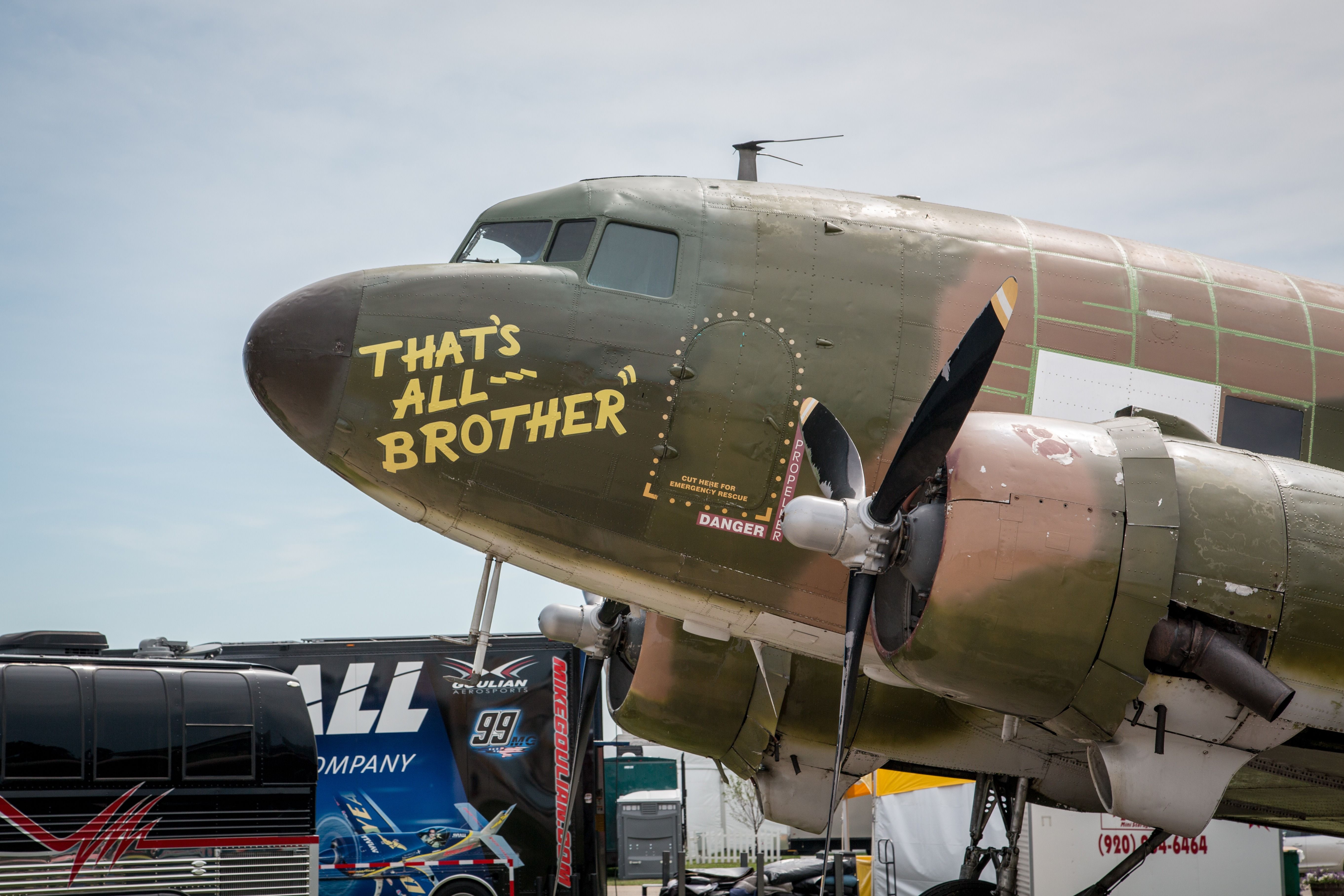
Related
That’s All Brother: How The Formation-Leading Douglas C-47 Was Discovered & Restored
That’s All Brother was the leading aircraft during the D-Day invasion.
The C-47 was living proof of this. To reiterate what I said in my Simple Flying article commemorating the 80th anniversary of D-Day, this iconic it *did* drop another very important war-fighting entity into the midst of the D-Day fight: paratroopers. I’ll re-quote the same Simple Flying colleague I quoted in that Normandy piece:
“On June 6th, 1944, a Douglas C-47 Skytrain called ‘That’s All, Brother’ led a formation of 800 aircraft during the D-Day liberation of France. Piloted by United States Army Air Force Lt. Col. John Donalson, the name ‘That’s All Brother’ was supposed to be a message to Adolf Hitler that his days were numbered.”
“That’s All Brother” and its fellow Skytrains (or “Dakotas” as the British Commonwealth aviators called them) ended up deploying 13,100 super-duper paratroopers of the 82nd and 101st Airborne Divisions in the opening maneuver of the liberation of France.
For an incredible compilation of color photographs covering the period from June 6, 1944, to V-E Day, read the 1985 book “Victory in Europe: D-Day to V-E Day In Full Color,” with text by Sir Max Hastings and the photos by Oscar-winning filmmaker George Stevens.
Fighter/Fighter-Bomber: Curtiss P-40 Warhawk
This is the only aircraft that my Editors specifically asked me to include on this list, and who could blame ’em? After all, though the P-40 wasn’t quite the game changer that the Mustang, Superfortress, and Dauntless were in terms of actual destruction inflicted upon the enemy, it was arguably THE most iconic American plane of WWII in terms of memorable appearance, thanks to those shark mouth decals painted upon the fuselages by the American Volunteer Group (AVG), better known as the Flying Tigers, General Claire Lee Chennault’s (September 6, 1893 – July 27, 1958) famed fighter pilots who flew their P-40Bs on behalf of Generalissimo Chiang Ka-Shek’s Nationalist China and thus took the fight to Imperial Japan’s combat pilots even before the US officially entered WWII via the attack on Pearl Harbor.
And though the Warhawk may have been technically inferior to the best fighter planes of the Axis, it still ended up turning in a pretty darn good air-to-air combat performance: over 200 Allied fighter pilots – from the UK, Australia, New Zealand, Canada, South Africa, the US, and the USSR – became aces in the warbird, including 20 double aces.
The P-40 also did a fine job as a fighter-bomber in the China Burma India Theater (CBI), especially in the hands of the 80th Fighter Group (now known as the 80th Flying Training Wing, based out of Sheppard AFB, Texas), which used its so-called “B-40s” (P-40s carrying 1,000-lb [453.5 kg] high-explosive [H.E.] bombs) to destroy bridges and kill bridge repair crews, sometimes demolishing these targets with a single bomb hit.
Last but not least, the P-40 and its AVG pilots alike were immortalized in two motion pictures: (1) “Flying Tigers” (titled appropriately enough), made in 1942 and starring “The Duke” (John Wayne, of course); and (2) “God Is My Co-Pilot,” made in 1945 and based on the autobiography of the same title by Brig. Gen. (USAF, Ret.) Robert Lee Scott Jr. (12 April 1908 – 27 February 2006), who was credited with shooting down 13 Japanese aircraft during the war.
Escort Fighter/Fighter-Bomber: Republic P-47 Thunderbolt
The “T-Bolt,” AKA the “Jug,” AKA the “Flying Bathtub,” may play second fiddle to the Mustang in terms of overall acclaim. But make no mistake, this plane was certainly iconic and devastating to the Axis in its own right.
As I noted in my standalone article on the P-47, it was flown by both of America’s top two aces of the European Threatre, namely Col. Francis Stanley “Gabby” Gabreski (January 28, 1919 – January 31, 2002; 28 kills) and Lt. Col. Robert Samuel “Bob” Johnson (February 21, 1920 – December 27, 1998; 27 victories).
What’s more, the T-Bolt actually outshone the Mustang in the ground attack role, making good use of its deadly combo of eight .50 caliber (12.7mm) Browning M2 “Ma Deuce” machine guns and either (A) 5-inch rockets or 2,500-lb (1,000 kg) bomb load. As my late friend and amazingly prolific military aviation writer Robert F. “Bob” Dorr (September 11, 1939 – June 12, 2016; a USAF veteran in his own right) noted in his top-notch 2008 book “Hell Hawks!: The Untold Story of the American Fliers Who Savaged Hitler’s Wehrmacht,” “Jugs” attached to units such as the 365th Fighter Group and the 405th Fighter Group inflicted pure hell upon the ground components of Adolf Hitler’s war machine, destroying a mind-numbing 86,000 railroad cars, 9,000 locomotives, 6,000 armored fighting vehicles, and 68,000 trucks!



